On 13 March 2013 the Atacama Large Millimeter/submillimeter Array (ALMA), the largest ground-based astronomical project in the world, was inaugurated. ALMA will explore the Universe via millimeter and submillimeter wavelength light. It is located in the Atacama desert of northern Chile, one of the world\’s best sites for observational astronomy. At an elevation of 16,500 feet above sea level. The scientific communities of North America, Europe, and East Asia together built the observatory, with total cost about $1.3 billion. Completed ALMA has a total of 66 antennas, 25 from North America, 25 from Europe, and 16 from East Asia.



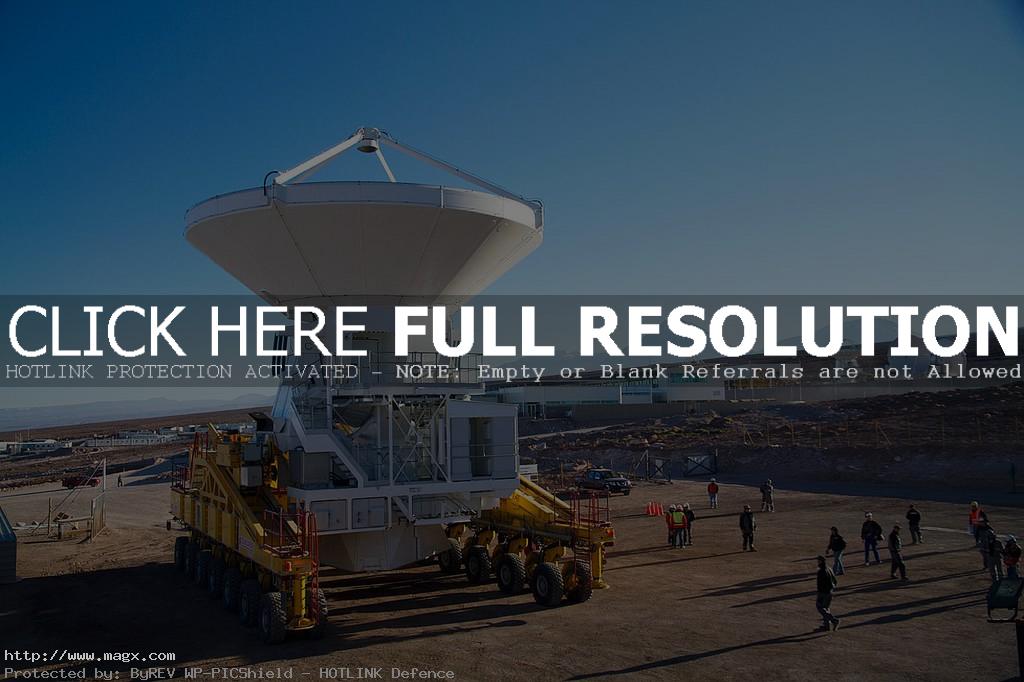











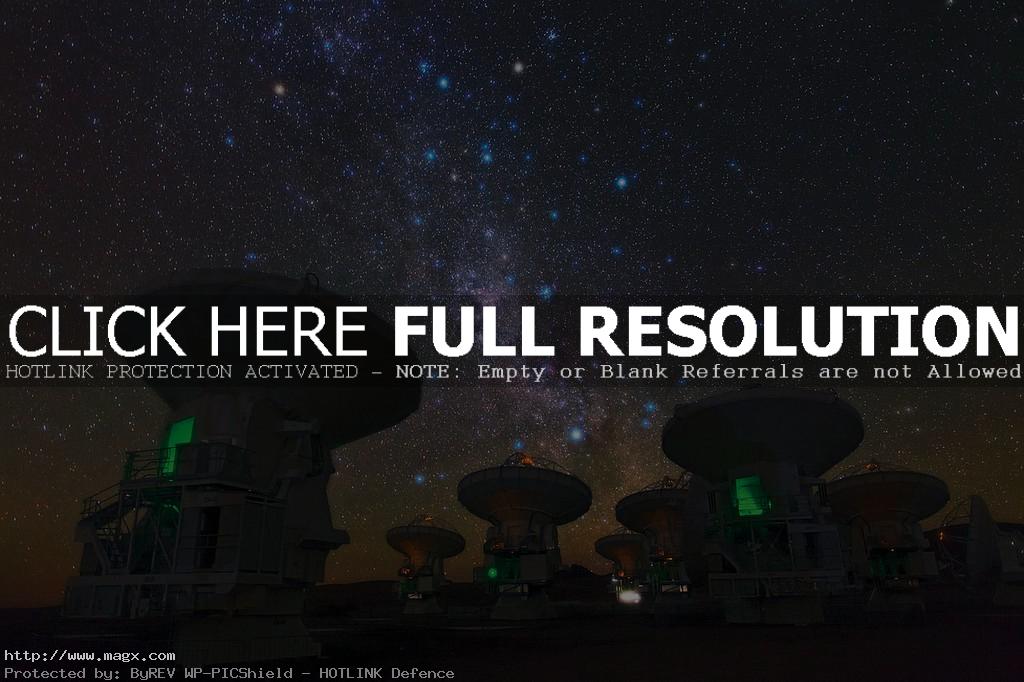





credit: European Southern Observatory ALMA (ESO/NAOJ/NRAO)
Tags: ALMA, ALMA antenna, alma construction, alma observatory, Andes, antenna, astronomy, Atacama Large Millimeter/submillimeter Array, Chajnantor, Chile, Chilean Andes, European antennas, Giant, Inauguration, Observatory, planetary astronomy, radio telescopes, receiver cartridge, telescope, VLT Interferometer, world telescope
Relevant Articles


Solar System includes the Sun together with the eight planets and their moons, the dwarf planets (Eris, Pluto, and Ceres), the asteroids, comets and other celestial bodies that orbit the sun. Pluto, known as the 9th planet, it is no longer recognised as one of the planets in the solar system. The four planets closest to the sun, Mercury, Venus, Earth, and Mars, are called the terrestrial planets because they have solid rocky surfaces. The four large planets beyond the orbit of Mars, Jupiter, Saturn, Uranus, and Neptune, are called the gas giants. Solar comes from a Latin word SOL meaning sun. The solar system was formed about 4.6 billion years ago.

credit: edwardyanquen

Mercury (Diameter: 4879.4 km)

Venus (Diameter: 12103.6 km)

Earth (Diameter: 12742 km)
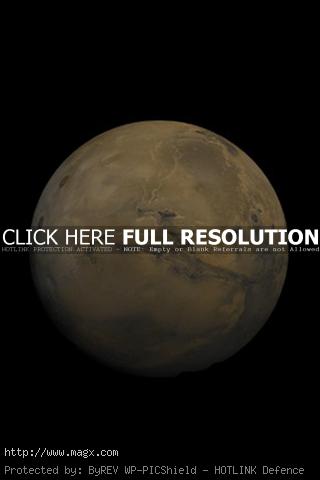
Mars (Diameter: 6779 km)

Jupiter (Diameter: 139822 km)

Saturn (Diameter: 116464 km)

Uranus (Diameter: 50724 km)
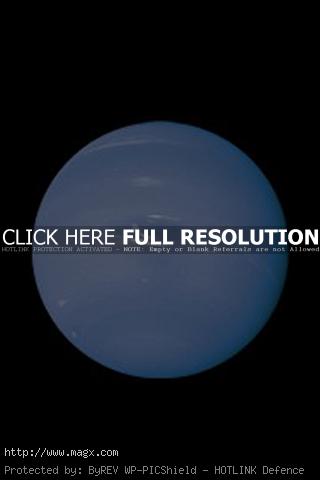
Neptune (Diameter: 49244 km)
credit: chrismeller
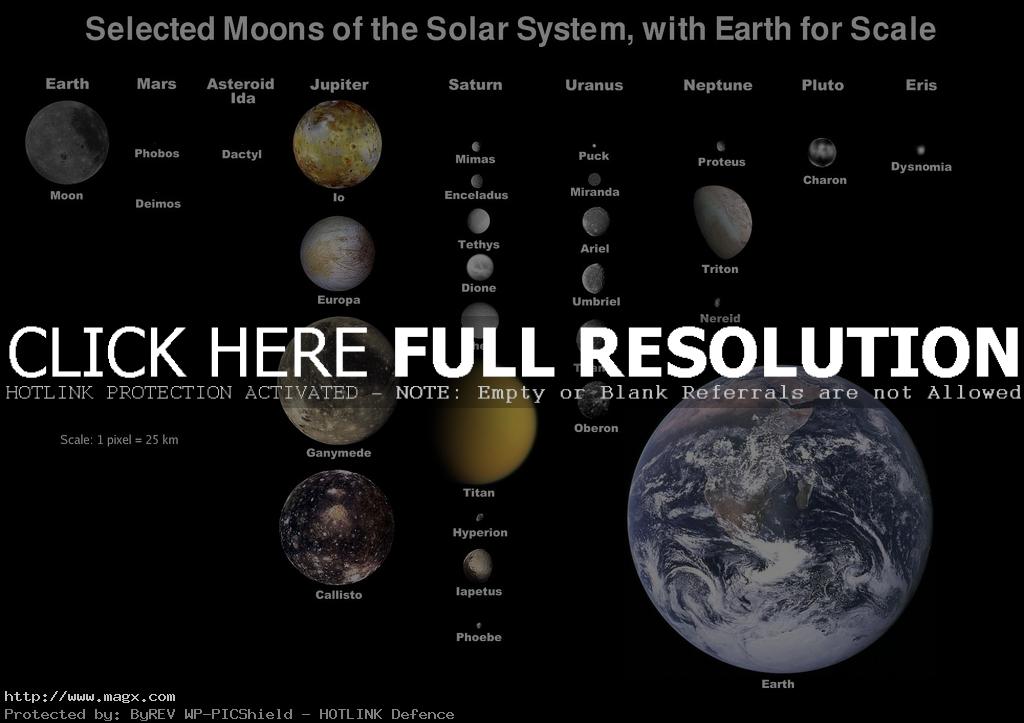
credit: edwardyanquen
Tags: asteroid, astronomy, Ceres, dwarf planets, Earth, Jupiter, Mars, Mercury, NASA, Neptune, Our, planets, Pluto, satellite, Saturn, Solar, Solar System, space univers, Sun, System, Uranus, Venus
Relevant Articles






















 Giant-X Tour Open and Pro
Giant-X Tour Open and Pro Los Angeles Auto Show 2013
Los Angeles Auto Show 2013 2013 Smart for-us Concept
2013 Smart for-us Concept Intermoda Bridal Trends 2013
Intermoda Bridal Trends 2013 Canada Day 2013
Canada Day 2013 Christina Aguilera at Billboard ...
Christina Aguilera at Billboard ... Discovery at the Large Hadron Co...
Discovery at the Large Hadron Co...










 Earth from Outer Space
Earth from Outer Space New Toyota Yaris HSD Concept
New Toyota Yaris HSD Concept Quant with Nano Flow Cell at Gen...
Quant with Nano Flow Cell at Gen... Hvitserkur – The Sun Turn...
Hvitserkur – The Sun Turn... Great Barrier Reef – Large...
Great Barrier Reef – Large... A New Look Kia Optima for Year 2...
A New Look Kia Optima for Year 2... A Marvel of Architecture –...
A Marvel of Architecture –... Eco House Trends and Plans
Eco House Trends and Plans